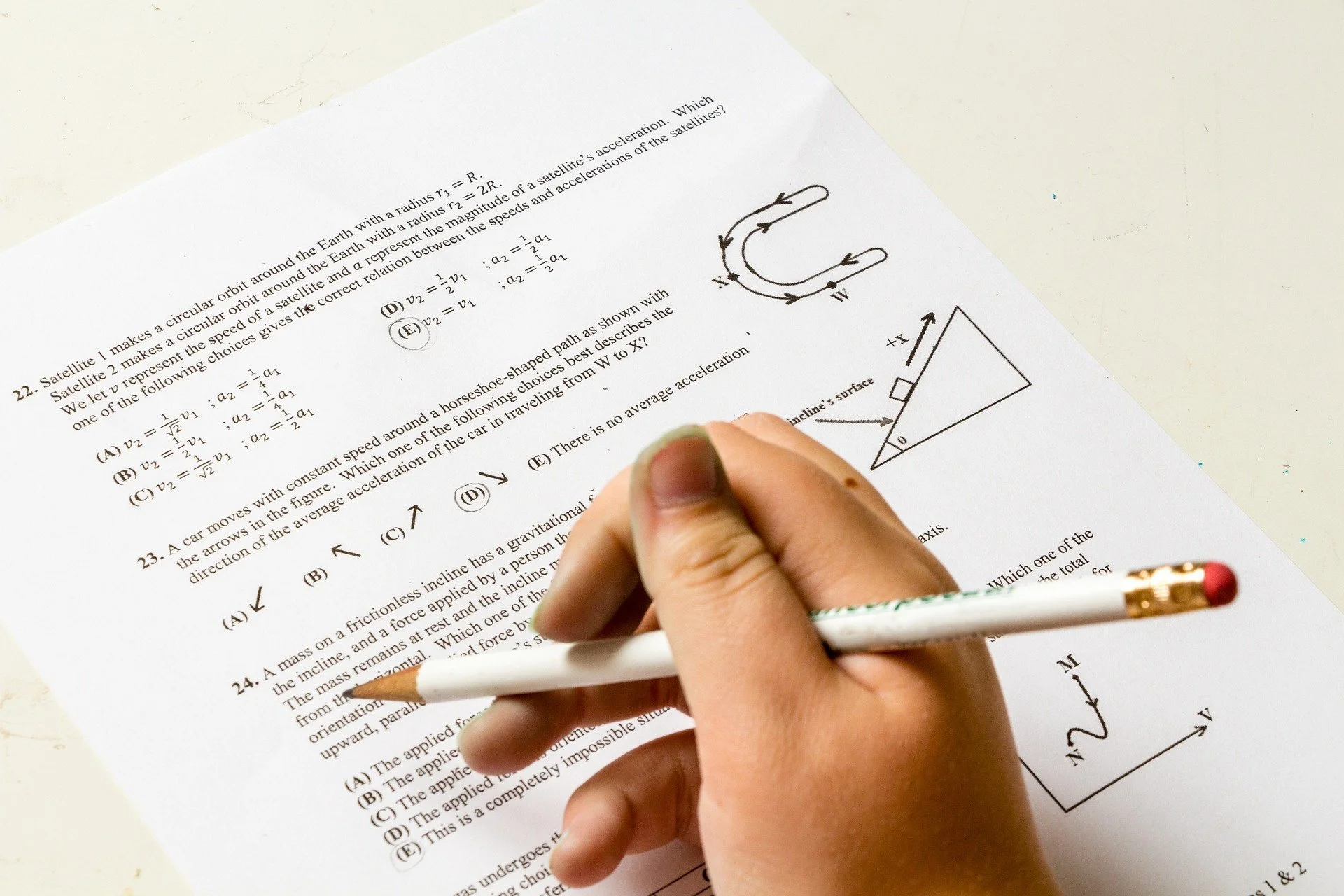Today’s post features a set of experiments conducted by Catherine Fritz and colleagues (1) with preschool children. We have actually cited this paper a few times on our blog, when we covered why the spacing effect has failed to make it into mainstream practice (Part 1, Part 2), and when I wrote about whether retrieval practice …
All in Learning Scientists Posts
See you in 2022!
It is that time of year again! We’re taking a break to spend time with family and recharge for next year. We hope that you are able to stay safe and take time to enjoy the end of 2021, and ring in a happy new year!
Our next post will be a podcast on January 20th, 2022.
Thank You to Our 2021 Community!
Today is (American) Thanksgiving so I wanted to take the opportunity to thank our community! 2021 has been challenging and we are so grateful for the continued support, encouragement, and contributions of our community.
Interleaving: A Classroom Experiment
In today’s post, I am sharing an experiment published by Doug Rohrer, Robert Dedrick, and Kaleena Burgess (1) on interleaving in the classroom. I really like this experiment because it was conducted with middle school 7th graders (12 years old) in different math classes over the course of 11 weeks in their math …
Understanding Research Papers: A Guide For Teachers
Research papers are written for an audience of other academics who are experts in the field and have the background knowledge. However, teachers may benefit from reading research papers in order to get a first-hand account of why and how research is conducted and what can be concluded from research findings. In this post, I will give an overview of the overall structure of research papers and go into detail what teachers may want to focus on within each section of a research paper…
Catering to Learning Styles Isn't Just Ineffective: It Can Harm Learning
In a recent conversation on Twitter, an educator asked for an explanation for the learning styles myth. Lots of individuals spoke up to explain why it is considered a myth and why it can be problematic. But someone also commented that matching instruction to learning style might actually HURT learning…






